A few weeks ago, I mentioned a book I was reading, Jennifer Ackerman’s Notes from the Shore. For my June 5th post, I wrote about the “homing instinct,” an instinct so beautifully exemplified in ospreys. Ackerman shares many other facts in her book that amazed me. Here’s another one. Astronomer Harlow Shapely said that human beings “lie midway between the sun and the atom, in both grams of mass and centimeters of diameter.” As a consequence, “narrow is the world” to which we humans are attuned. He adds, “So much that matters is invisible by the yardstick of human life.” This means many things are just too vast or too small for our perception, or they occur too fast or too slow for our perception.
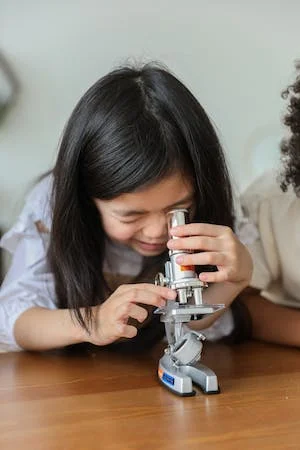
Ackerman asks, how can we “shatter (our) scale-bound thinking” and perceive more deeply and widely? That’s an important question—on many levels. First of all, we must realize that we live with a perception that is restricted not only by our size and the limits of our senses—and the instruments we have invented to expand our perception. But also our perception is restricted by things such as our experience, imagination, curiosity, education, and sensitivity. Ackerman demonstrates this limitation by opening the readers’ eyes to the world in a few grains of sand on the beach.
When she examines a handful of damp sand, she notes that there is much more there than meets the eye. The grains themselves are composed of granite, quartz, pink feldspar, crushed shells, silica, tiny fragments of heavy metals—and much more! If you spread a few grains under a microscope and “an exotic world is revealed.” Each grain is surrounded by moisture that is filled with life: insects, copepods, ostracods, nematodes, protozoa, gastrotrichs, tardigrades—each organism measured in microns (a mciro is 1/25,000 of an inch!) and perfectly suited for this teeny-weeny habitat in which it swims, feeds, and multiplies.
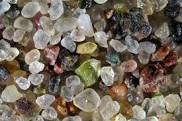
Ackerman then describes even smaller forms of life living between and on the grains of sand (See microscopic image of sand on the right.) Among these small forms of life are bacteria and diatoms. She writes, “A single grain of sand can support hundreds of colonies of bacteria, each composed of hundreds of individuals, as well as twenty or thirty diatoms of different varieties—all residing in the craters, scarps, and troughs of the grain.”
Her description reminded me of the Poet Blake’s “a world in a grain of sand, eternity in an hour.” It also recalled one of my favorite children’s books by Dr. Seuss called Horton Hears a Who. Written in 1954, this book has been translated into 30 languages and has sold hundreds of millions of copies. It became an animated movie in 2008. The book tells the story of Horton the elephant who discovers a tiny planet called Whosville located on a speck of dust on a clover blossom. When Horton shares his discovery with some of the other animals, they mock him and try to destroy the speck. But Horton does all he can to defend the planet. His mantra is, “A person’s a person no matter how small!”
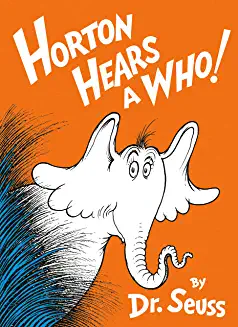
We might not be able to spend hours peering through a microscope or viewing pictures from the Webb telescope. But there are other ways we can regularly expand our vision: by reading a book we wouldn’t ordinarily read… by listening to music that lies outside our comfort zone… by worshiping in a parish very different from your own… by dining in a restaurant we have never been to—like an Ethiopian restaurant perhaps… by conversing with someone who is unlike us in age, gender, political leaning, religious background… or by driving home by unfamiliar roads. Such practices can remind us of two great truths: How vast is the world in which we live! And what must God be like—the Origin of this universe—with all its vastness and teeny-ness, its diversity and unity, its mystery and magic?
For reflection:
Do you remember looking through a microscope or a telescope as a child, as an older student? What was that experience like for you?
Name one aspect of nature that fascinates you today? Why?
Did you read Horton Hears a Who as a child—or have you ever read it to a child? If you have, reflect on these experiences for a few moments.
I’m offering two videos today. The first is a beautiful song, “Open My Eyes, Lord” by Jesse Manibusan. The second is a fun reading by Miss Jeannie of Dr. Seuss’ book, Horton Hears a Who.
Video: “Open My Eyes, Lord.”
A reading of the book, Horton Hears a Who. Treat yourself to this 12 minute reading. Bring a child with you!
I invite you to respond below to today’s blog—the words, the pictures, the videos…

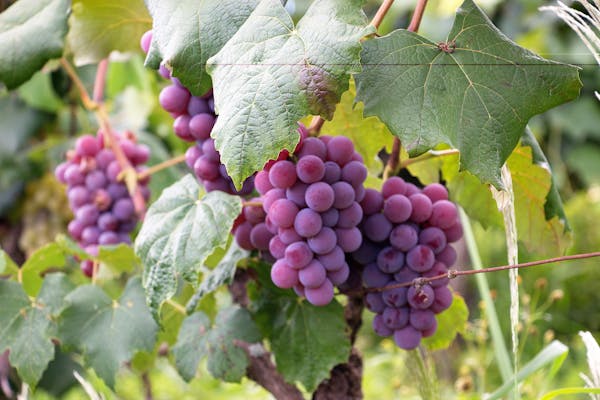

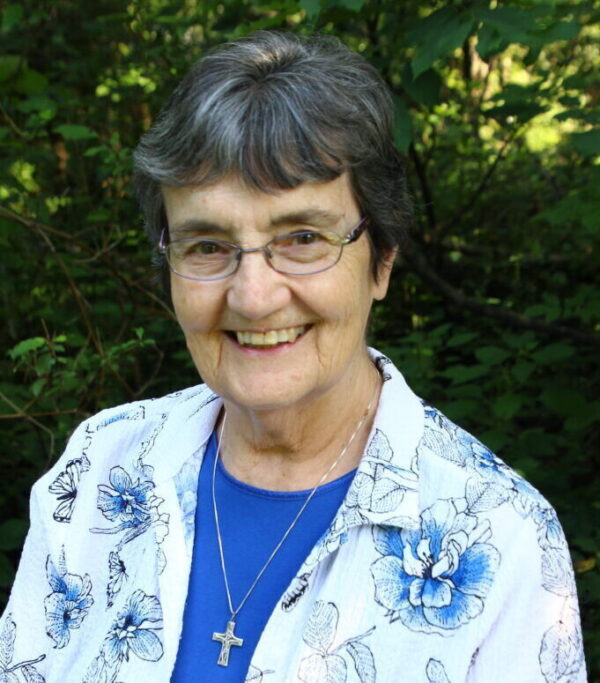

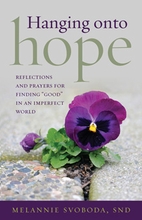

5 Responses
Thank you Sister, for your wonderful post this morning!
The human body has always fascinated me, and a book that fascinated me
about the body is called “Immune—A journey into the Mysterious System that keeps
You Alive” by Philipp Dettmer. Although a scientifically “heavy” book, it filled me with awe and wonder for the amazing God-given gift of our bodies!
God bless!
Oh Sr. Melannie! I’m not sure where to begin. That little Whoville person with the yo-yo channeled his inner Whitman and sounded his “barbaric Yawp” over the rooftops of his little world!
I will never walk the beach the same way again. Our God of great and small is, as we would say in the 70s, out of sight!
Thank you for this. I’m going to send it to my biology teacher friend!
So much wisdom from Dr. Seuss! I often read this book to my 1st grade students years ago. The quote I use to respond to a news report about any type of prejudice is “A person’s a person 100%!” Thank you, Sr. Melannie, for reminding us that God is found in a grain of sand as well as a children’s book.
Where r the other comments?
What I marvel in nature is the smallness of the hummingbird and the long migration trip they make every year. But come summer they bring delight enjoying our many feeders.